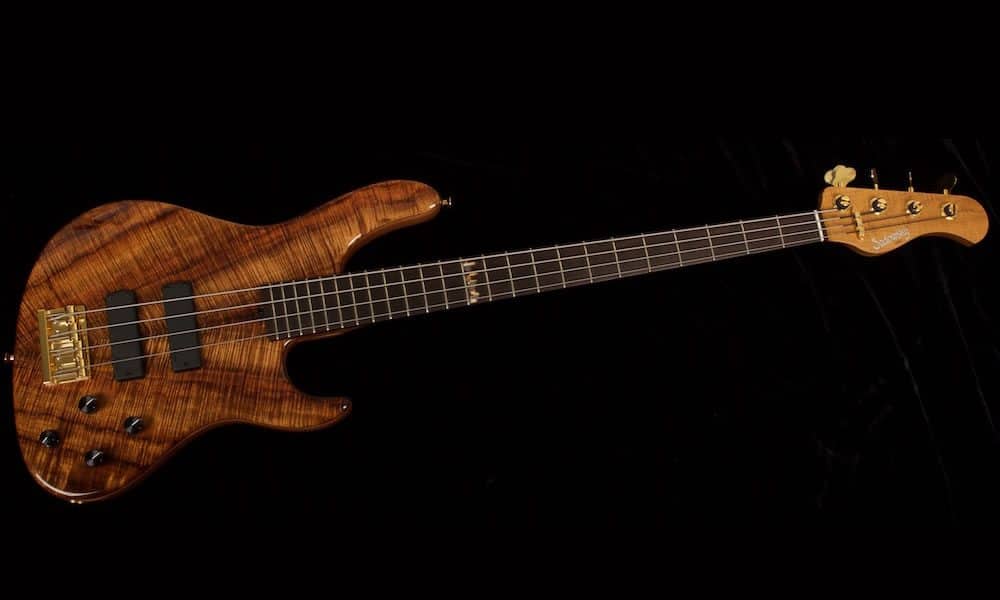Latest
Luthier Spotlight – Interview with Roger Sadowsky by Alberto Rigoni

Luthier Spotlight – Interview with Roger Sadowsky by Alberto Rigoni…
Ciao Roger, first of all thank you very much for this interview! Could you tell us when and how you started building basses?
I started building basses in 1982. I began building acoustic guitars in 1972 and electric guitars in 1979.
Could you explain your approach to the design of the instruments?
When I began my own shop in NYC in 1979, my clients were primarily all of the NYC session musicians. The 802 Musicians Union directory had two chapters for bass. “Acoustic Bass” and “Fender Bass,” so all electric bass at that time was considered “Fender”. I felt a lot of pressure to build in the Fender style to gain acceptance from the players, producers and arrangers at that time. At the time, I did a lot of modification work so I used to advise my clients to pick up a nice early 60’s L series J bass and then I would retrue the fingerboard, refret, new nut, shield the electronics, install preamps and upgrade hardware. When the vintage market took off in the mid 80’s, the prices of the vintage Fenders more than doubled, and the work I was doing would “devalue” them as vintage instruments, so I decided to build my own, based on the Fender design and incorporate all of my upgrades.

Where do you get all your design ideas?
I have to say that Leo Fender got a lot of things right from the beginning. So for me, it was more about quality materials and craftsmanship, than new design. In a sense, I was the Fender custom shop before Fender had one!

What could you tell us about the tone of your instruments? What about woods and electronics?
I was one of the early pioneers of active tone circuits for bass. The preamp I installed in Marcus Millers bass in 1979 is still being used by him to this day. I have also worked hard in the areas of shielding and hum cancelling pickups, as hum was always an issue for my clients, especially those working in the Broadway pits and under stage lighting. I also brought my background in acoustic guitars to the table. I became convinced in the early 80’s that the better a solid body instrument sounded acoustically, the better it sounded amplified. So I chose woods for my basses the same way I would select woods for an acoustic guitar.

What’s your opinion about the finishes used on the basses? Do they affect the sound?
I think just about any finish will sound fine on an electric instrument, as long as it is applied thin. I use a matte nitro lacquer on the neck because I like the way it feels, even after it glosses up by one’s hand rubbing the finish. I prefer polyester on the body for durability.

Are you planning to release new series in the future?
We are working on two new things. The first is called the Satin Line. It will be a less expensive NYC line that will all have matte finishes. They will be initially offered in our 21 fret vintage series and our 24 fret Modern series. We will not take orders for them and there will be no custom options. We will maintain an inventory of available instruments on our website. They will will be 100% Sadowsky NYC.
The other new project is a single cutaway bass we are designing along with bassist Chip Shearin, one of our artists.

Is there something you would like to tell to our readers?
I just want to say that after 43 years building instruments, I still love to go to work every day, and deal with as many of my customers directly, as possible. I have structured my business to primarily sell my NYC instruments direct to the customer, as I want to know the person who is purchasing our instruments and help advise them to get the best instrument possible.
Visit online at sadowsky.com







